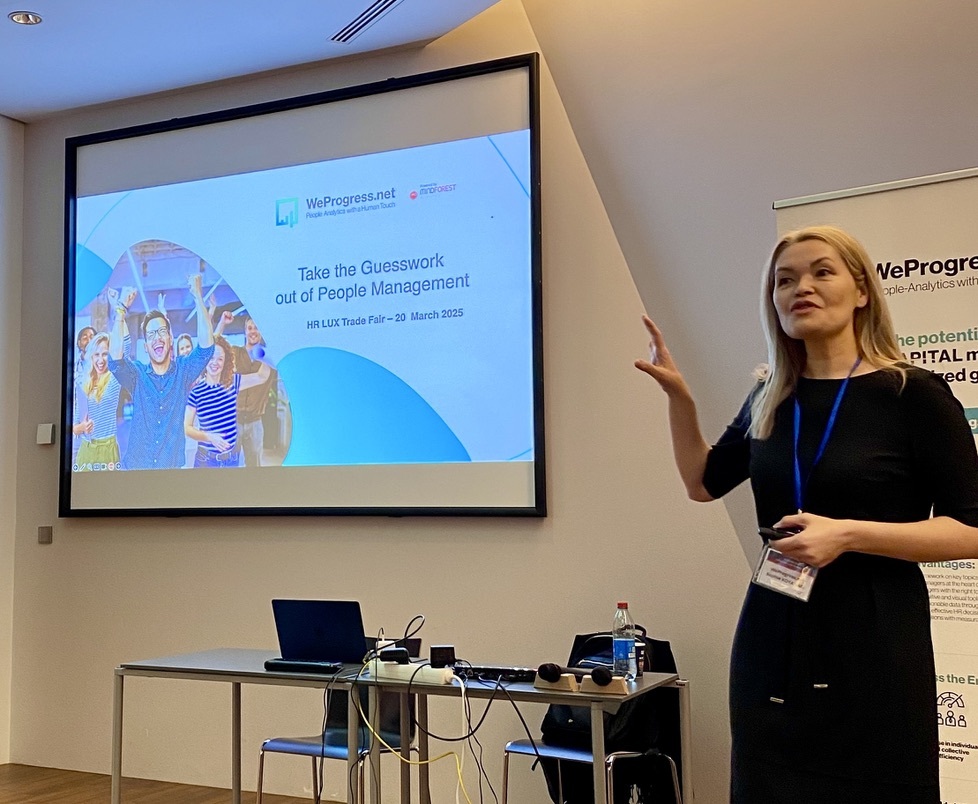Can Engagement Help Reduce Absenteeism?
A recent survey by the Union des Entreprises Luxembourgeoises (UEL), which collected data from over 900 companies in Luxembourg, revealed a concerning trend: absenteeism rates have risen by around 11% since 2019, with even higher increases in sectors such as healthcare and manufacturing. Larger companies appear to be more affected than smaller ones.
Similarly, in Germany, data from August 2024 shows that absenteeism rates had already reached the same level as the entire year of 2023. These figures raise important questions: why is this happening, and more critically, what can be done about it?
The Impacts of Absenteeism
Absenteeism has wide-reaching and costly consequences. It increases the burden on health services and affects companies financially, posing challenges for internal planning and disrupting workflows. The additional pressure on staff who remain in the workplace can lower morale, especially when they must take on tasks beyond their usual responsibilities. According to the UEL survey, absenteeism tends to peak around Mondays and Fridays, which may further erode team motivation.
When staff morale drops, turnover often increases, which is costly in both time and resources. Lower engagement levels can lead to a cycle of dissatisfaction and stress. In today’s competitive job market, employees may quickly seek better opportunities elsewhere if they feel undervalued or overworked.
How Does Absenteeism Affect Clients?
Absenteeism can also harm client relationships. Delays in production or service delivery can strain customer loyalty and hurt profitability. Strategic decision-making becomes more difficult, as companies may hesitate to invest in locations where absenteeism rates are high. Conversely, they may favor sites with lower absenteeism, which could impact long-term planning.
Why Is Absenteeism Rising?
The increase in absenteeism seems to have begun during the Covid-19 pandemic, as employees may now be more inclined to stay home if they feel unwell to protect their colleagues. The growing focus on self-care and work-life balance could also be a factor.
However, while these changes in behavior may explain some of the rise, it is unlikely that the overall health of the workforce has significantly deteriorated. Factors such as hyperconnectivity, workplace stress, and conflict may also contribute to absenteeism. This underscores the need for management training to focus on people management skills, as many managers are promoted for their technical abilities rather than their leadership capabilities. As awareness of mental health grows, it has become crucial to equip managers with the tools to anticipate risks and recognize when team members are under stress.
Creating a Positive Workplace Environment
In this context, both formal and informal communication play key roles in employee engagement. Workers who feel valued and treated fairly are more likely to associate positive emotions with their workplace. High levels of team spirit foster a sense of community, which should not be underestimated. Conversely, a toxic work environment discourages employees from going the extra mile or considering their long-term future with the company.
Accident prevention also remains important in high-risk industries, though most companies are already proactive in this area, adhering to the principle that prevention is better than cure.
Understanding the Root Causes
As the UEL survey highlights, larger companies experience higher absenteeism than smaller ones. Several factors could explain this, including increased workloads, less proximity to managers, weaker feelings of belonging, or the assumption that others will cover for an absent colleague—something that may be less feasible in smaller organizations. These factors inevitably impact engagement and company performance, ultimately affecting profitability.
Exploring Solutions
One effective approach is conducting confidential and anonymous surveys to better understand how employees perceive their work environment and identify the issues most relevant to them. This method provides valuable insights from all levels of the organization, highlighting both areas of strength and those requiring improvement. If survey results are used to implement meaningful changes, employees are more likely to see the value in such initiatives.
Improving employee engagement is a process that can lead to higher job satisfaction, reduced turnover, and lower absenteeism—all of which contribute to greater productivity.
Ready to Address Absenteeism?
Are absenteeism rates a concern in your organisation? Do engagement levels feel lower than they should be? MindForest has the expertise to help answer these and many other questions. Our WeProgress platform is designed to guide you towards an employee-centric approach that drives engagement and reduces absenteeism.
WANT TO RECEIVE OUR LATEST THOUGHT LEADERSHIP CONTENT?
Related posts
 Take the Guesswork out of People Management
Take the Guesswork out of People Management
 From processes to people: achieving quality
From processes to people: achieving quality
 Daring to lead Positive Transformation: What if Positive Emotional Capital was your key to sustainable change?
Daring to lead Positive Transformation: What if Positive Emotional Capital was your key to sustainable change?
 Why hire Change management professionals? We can do it alone!
Why hire Change management professionals? We can do it alone!
 Digital Transformation and Change Management: Lessons shared in an event hosted by Cebi and MindForest
Digital Transformation and Change Management: Lessons shared in an event hosted by Cebi and MindForest



